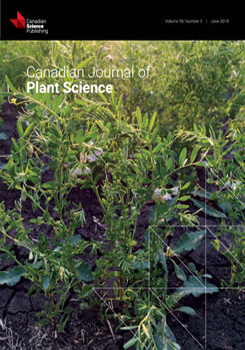Early flowering is one of the major earliness traits in tomato and is also an important agronomical trait in crop plants; thus, this trait is important for plant breeding and crop improvement. With the innovation of rapid and cost-effective technologies, quantitative trait locus (QTL)-seq has become the preferred method of performing QTL identification. In the present study, we identified a candidate QTL of an early flowering trait in tomato (Solanum lycopersicum) using QTL-seq. Two DNA pools of the extreme phenotype of the F2 progeny from crosses between the ‘Bone MM’ cultivar (early flowering, P1) and ‘071-440’ cultivar (late flowering, P2) were bulked for sequencing and an alignment analysis. We observed 220 single nucleotide polymorphism markers, seven candidate QTLs, and genes that may be associated with early flowering located between 1.6 and 71.8 Mb on chromosome 1. Using traditional QTL analysis, the location of one QTL was confirmed in the physical region between 23.5 and 25.3 Mb, which corresponded to the region identified using QTL-seq, and was referred to as EF1 (Solyc01g017060). A real-time quantitative reverse transcription polymerase chain reaction analysis showed that EF1 was the most highly expressed among the candidate genes and significantly expressed in early flowering parents and furthermore, we found that EF1, which had a similar sequence to the Ycf2 gene, may relate to the early flowering phenotype.
How to translate text using browser tools
28 May 2018
Fine mapping of a major QTL controlling early flowering in tomato using QTL-seq
Eaknarin Ruangrak,
Xiaomei Su,
Zejun Huang,
Xiaoxuan Wang,
Yanmei Guo,
Yongchen Du,
Jianchang Gao
ACCESS THE FULL ARTICLE
It is not available for individual sale.
This article is only available to subscribers.
It is not available for individual sale.
It is not available for individual sale.

Canadian Journal of Plant Science
Vol. 98 • No. 3
June 2018
Vol. 98 • No. 3
June 2018
early flowering loci
locus de la floraison hâtive
QTL-seq
tomate
tomato




